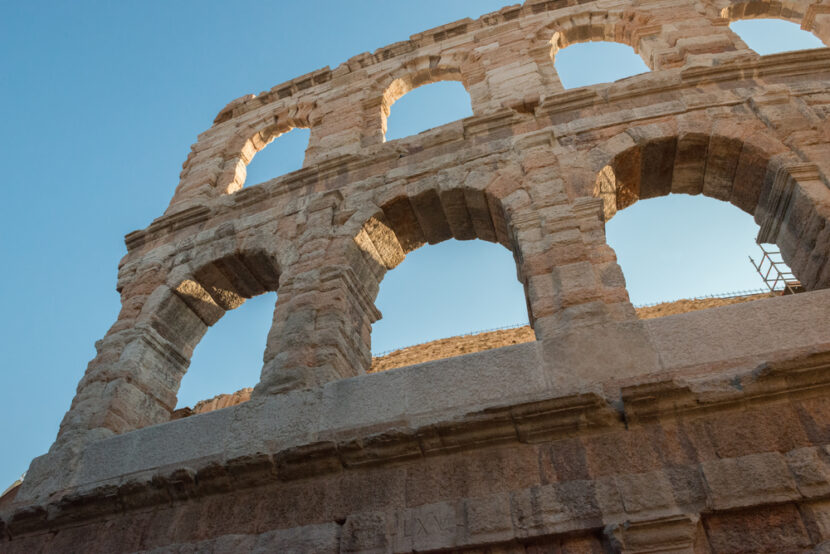MILAN, Italy – Verona’s famed Roman amphitheatre, home to one of the world’s premier opera festivals, will be the first large beneficiary of a new Italian government initiative to encourage private donations to protect cultural treasures.
Italian bank Unicredit and the non-profit foundation CariVerona signed a deal Wednesday with Verona’s mayor to restore the arena at a cost of 14 million euros ($17.5 million).
The project aims to secure the open-air Verona Arena, the third-largest Roman-era amphitheatre to survive antiquity, against erosion from rain, which has damaged the seating areas, stairs and modern-day infrastructure like the electrical system.
The deal falls under the government’s Art Bonus initiative adopted this year that gives donors a 65-per cent tax credit for helping restore or support Italy’s art treasures, archaeological sites and theatres. That compares with just a 19-per cent break under previous regimes.
While praising the initiative, Marco Parini, president of the Italia Nostra non-profit dedicated to the protection of Italy’s cultural heritage, said “it’s clear that the culture ministry needs to have a bigger budget” given the wealth of treasures in Italy, which has the highest concentration of UNESCO world heritage sites.
Some, like Pompeii, are in a serious state of decay.
Italy’s culture budget has shrunk by nearly one-quarter since the
2008 financial crisis, to 1.5 billion euros in 2013, according to figures provided by Italia Nostra. Private funding also contracted in the period.
Other programs include the restoration of paintings at Milan’s Pinacoteca Brera picture gallery, led by the Italian Stock Exchange, and a crowd-funding effort to fix structural problems at the Domus Aurea, a villa built by Emperor Nero in the heart of ancient Rome.
Verona Mayor Flavio Tosi, who said work on Verona’s arena would take about three years, agreed that public resources “would never be sufficient to maintain treasures like ours.”
The arena is one of Verona’s biggest tourist attractions and the venue for its famed summer opera festival. Some 1.5 million people enter the monument each year.

